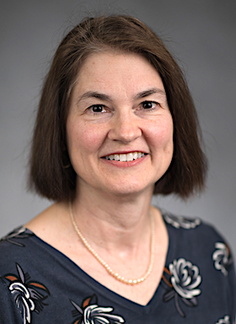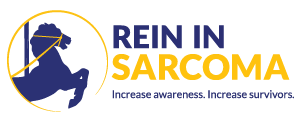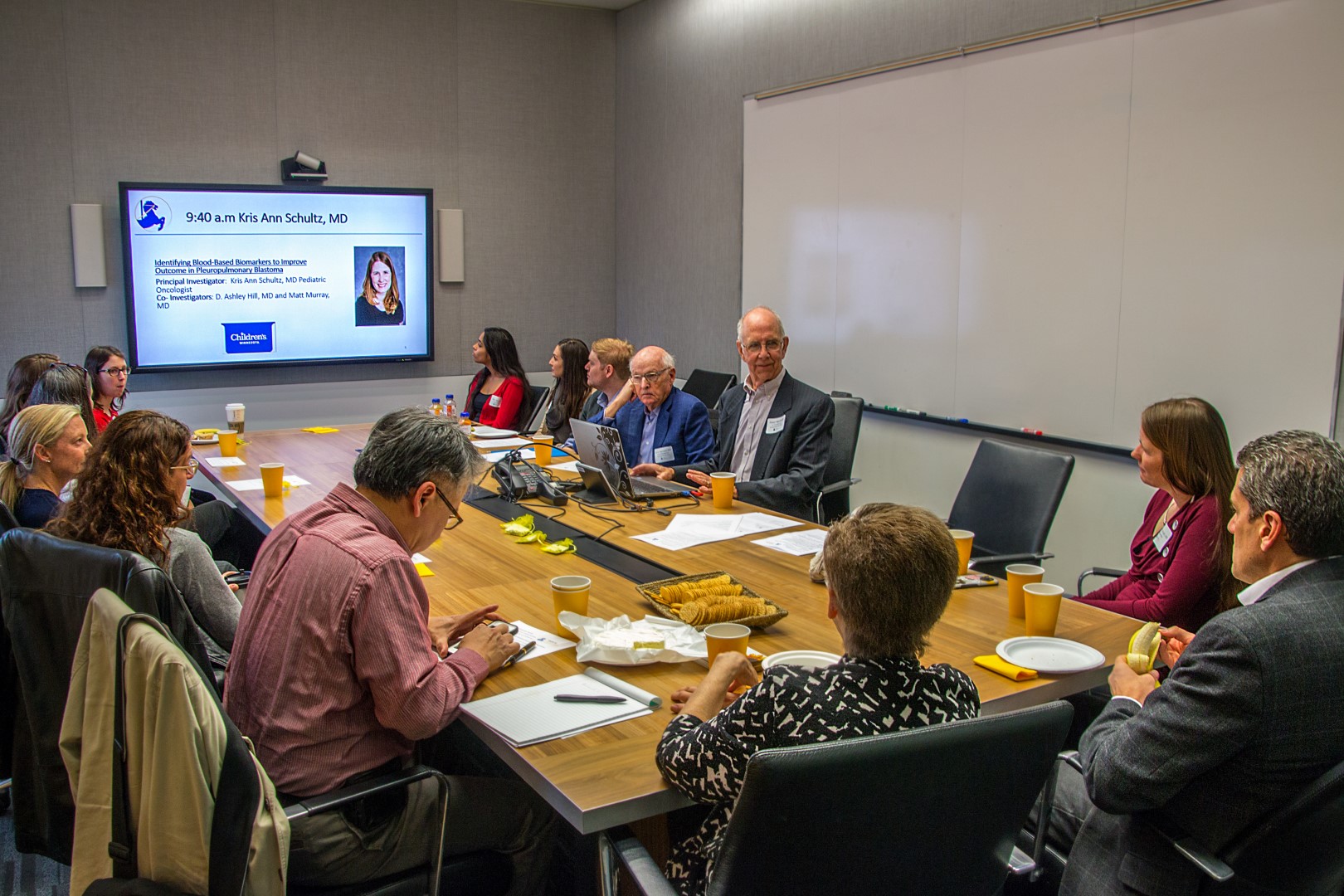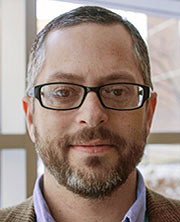
It can be really hard to love sarcoma cells when you’re a cancer patient. Yet your future may depend on scientists finding them fascinating. Meet University of Minnesota Professor and tumor biologist Amy Skubitz, who finds cancer cells to be the most interesting in the human body. We can embrace this interest, as she has focused her talents on discovering better ways for doctors to find, predict and stop cancer cells. Often working in collaboration with others at the University, including her husband oncologist Keith Skubitz, Dr. Amy Skubitz has received more than one RIS grant award. What is it about cancer cells? What does a tumor biologist really do? And how can your tumor cells be used to improve cancer treatments?
Amy Skubitz’ parents were scientists. When it came time for her to choose a college major, she combined their backgrounds in biology and chemistry, taking a major in biochemistry. What she really loved was working in the lab, with hands-on and off-beat procedures, some so delicate that a single human fingerprint could change the results. She loved the quantitative data analysis, too, that followed this work. So she pursued a PhD in Pharmacology and Experimental Therapeutics from the Johns Hopkins University and completed postdoctoral work in Laboratory Medicine and Pathology at the University of Minnesota. Now a Professor in that department, Dr. Skubitz spends her days preparing grant funding applications, conducting scientific research, writing scientific papers, and mentoring graduate and undergraduate students who work in the labs.
Amy Skubitz seeks excitement in her work. She was drawn to the idea of “discovering something that nobody else knew.” The field continues to change dramatically, as new technology allows new opportunities and much quicker results. Information that used to take weeks to get can now be delivered overnight. The same aspects that make tumor cells dangerous in the body make them fascinating in the lab. Normal cells “don’t do much.” Put them in a lab environment, and they will multiply a couple of times and then just sit there. Cancer cells “grow, multiply, spread out, and move.” They reach out and try to grab things. Through special time-lapse photography, scientists can watch dramatic shifts that happen overnight.
The trick for helping patients is to identify better ways for doctors to identify cancer, predict how it will behave in the body, and stop it from growing. During her career, Dr. Skubitz has pursued many different paths to these results. In the beginning, she wanted to do cancer research. Of all diseases, this is the one that seemed like such a big problem. “So many people have had cancer, or know someone who has had it,” she said. But her first work in graduate school was with parasites, after she became involved with a Johns Hopkins lab that was trying to find targets for vaccines that could prevent worm infections that plague people in foreign countries. When she came to the University of Minnesota in 1984, Dr. Skubitz was able to find work using similar technologies to evaluate potential new treatments for cancer. She has been working with cancer cells ever since.
Amy Skubitz came to RIS through her leadership of the Cancer Center Tissue Procurement Facility, which began in about 1995. Before then, after pathologists had finished testing the tumors that were removed from patients through biopsy or surgery, the extra tissue was thrown away. At the same time, researchers were having a hard time finding enough tissue samples to do their work. Dr. Skubitz led the Facility effort, which asked patients to agree that their leftover tumor tissue could be used by scientists, then to have that tissue cataloged and stored for research use. Eventually, University researchers had access to information about all the different genes that were contained in over fifteen hundred tumors. This allowed them to look for profiles or signatures that might be important to cancer growth or movement in the body. If important genes could be identified, this could lead to tests that would help doctors identify tumors or predict their behavior. It also could lead to treatments that block tumor growth or spread in the body. Amy was interested in the opportunities for ovarian cancer, which had been a focus of her work for many years.
Her husband, oncologist Keith Skubitz, was interested in the possibilities for sarcoma. One person’s sarcoma tumor can have many different-looking areas, so it can be hard for a pathologist to tell if a tumor really is sarcoma, and which kind it is, based only on the small tissue samples taken before surgery. Getting the diagnosis right is really important, however, so patients without sarcoma are not exposed to toxic treatments but patients with sarcoma get the best available treatments for their cancer type. Many sarcoma tumors are really aggressive, but some are not. Again, the best treatment could depend on knowing which is which. And, as you may understand all too well, there is a serious need for better sarcoma treatments to be developed.
Ultimately, Drs. Amy and Keith Skubitz ended up working together. They stayed up late many nights “in a locked room” at home, after their kids went to bed, reading lists of genes to each other and deciding which may be important. With their first RIS grant, they took this work one step further, testing to see if the genes they had thought were important for an aggressive form of fibromatosis actually appeared to play a role in tumor growth in the body. With fine assistance from pathologist Dr. Carlos Manivel, they were able to confirm that the genes they had identified did seem important. This work continues, and they hope to apply a new technology that will allow much smaller tumor samples to be evaluated, in a much quicker and cost-effective way.
In 2010, the RIS grant was for work related to the prevailing scientific theory that a small and constant percentage of “cancer stem cells” within a tumor are the ones that actually make cancers dangerous to people, because they drive the spread of tumors throughout the body and are not killed by commonly used chemotherapies. This work also was designed to test chemotherapies against these cancer stem cells, to see if any of the drugs had an effect on the cells. This work also continues.
It was difficult to end my conversation with Amy Skubitz. She speaks quickly and with great enthusiasm, conveying incredible depth and complexity in an accessible way. I expect she could talk about science for hours, nonstop. In many ways, she has been talking about science for a lifetime. To learn more, you may find her biography and select publications, including many publications related to her work with sarcoma, through the Laboratory Medicine and Pathology website.


